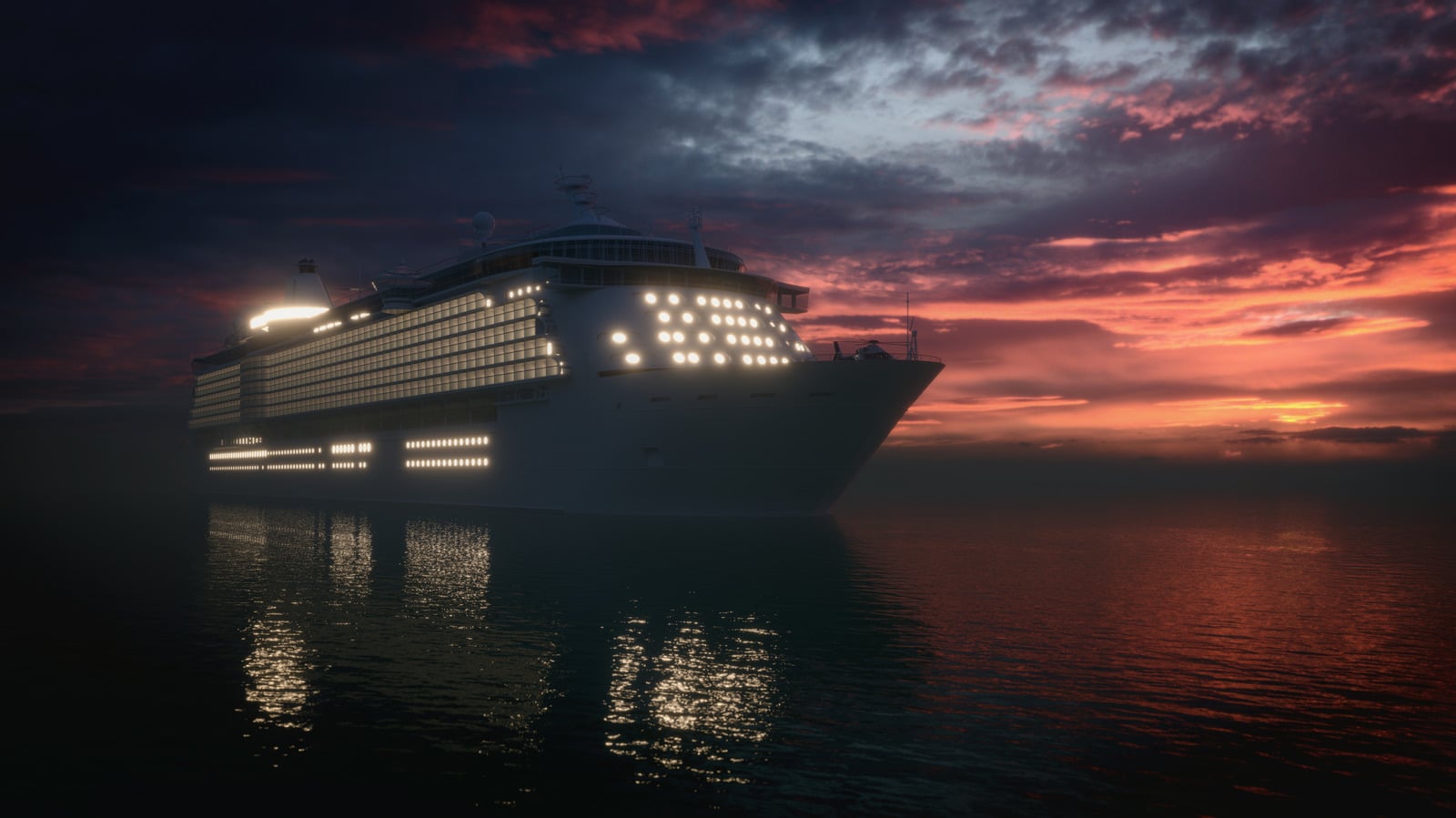What Is The Turning Radius Of A Cruise Ship?
Cruise Ships: Mastering the Art of Turning

Cruise ships are marvels of engineering, gliding gracefully across the ocean. However, their ability to turn is a complex process that requires careful calculation and expertise. With lengths reaching up to 300 meters and weights exceeding 200,000 tons, these floating cities need ample space to change direction. The concept of “turning radius” plays a crucial role in this maneuvering, dictating the minimum circular path a ship must follow while turning.
Understanding the Turning Process
Turning a cruise ship is not as straightforward as simply steering the wheel. Instead, it involves a series of calculations and considerations. The turning radius is influenced by several factors, including the angle of the rudder, the shape of the hull, the ship’s speed, water depth, and even wind conditions. On average, a cruise ship’s turning radius is approximately three to four times its length. For instance, a 300-meter-long ship may require over 1,200 meters of space to execute a complete turn. This becomes particularly challenging in confined areas like ports and channels, where precision is paramount.
When a ship turns, it does not pivot like a car; instead, it follows a curved path known as the “turning circle.” This maneuver is tested during sea trials, typically by moving at full speed with a 35° rudder angle. The pivot point, located about one-third of the way from the bow, serves as the center of rotation. As the ship moves in a wide arc, various metrics are measured, including advance (the distance traveled forward before completing a 90° turn), transfer (the sideways shift), and tactical diameter (the distance covered during a 180° turn).
Speed significantly impacts the turning process. A faster-moving ship will have a wider turn due to the increased difficulty in changing direction. If a captain attempts to turn sharply at high speeds, it can lead to a reduction in speed by as much as 25% and may cause the ship to lean to one side. Initially, the ship leans into the turn, but as the maneuver sharpens, it may tilt outward, creating a unique experience for passengers onboard.
Factors Influencing Turning Radius
The design of a cruise ship, including its shape, trim, and underwater profile, greatly affects its turning capabilities. Ships with fuller hulls, such as cruise or bulk carriers, generally exhibit better turning performance compared to those with finer hulls, like container ships. However, cruise ships tend to be top-heavy, making them more susceptible to wind, which complicates control during turns. The trim of the ship also plays a role; a stern-trimmed ship (where the back is lower than the front) will have a wider turning circle, while a bow-trimmed ship can tighten the turn but may sacrifice control, especially in windy conditions.
Water conditions further complicate the turning process. In shallow waters, the turning radius can double due to increased drag, while a fouled hull—caused by marine growth—can exacerbate response times. External factors like currents and wind can disrupt the turning path entirely. To ensure safety, international standards set by the International Maritime Organization (IMO) limit the turning circle to five times the ship’s length and the advance to 4.5 times. Nevertheless, no two turns are identical, and cruise ships often employ zig-zag and spiral movements to gauge their responses in various sea conditions.
